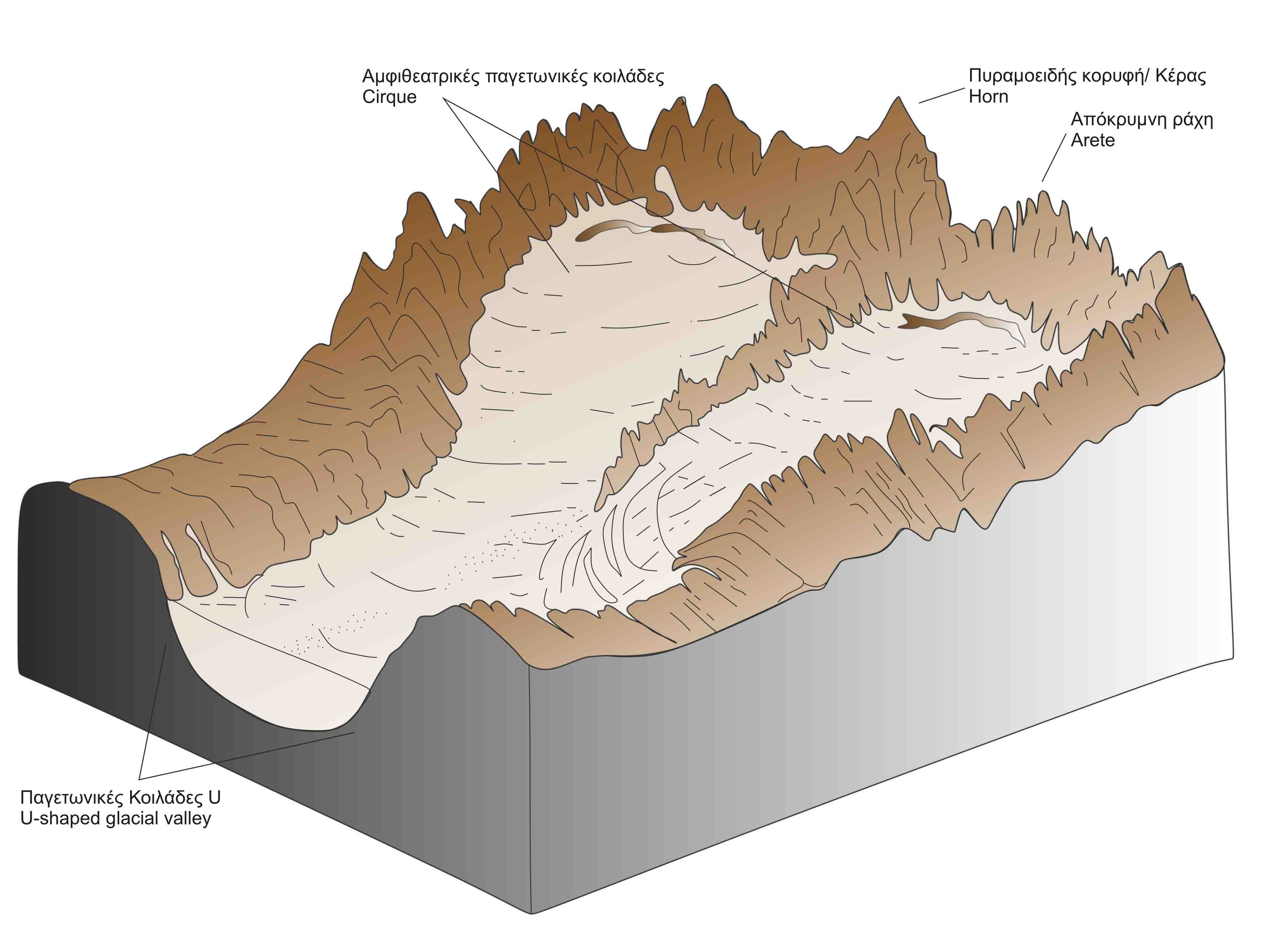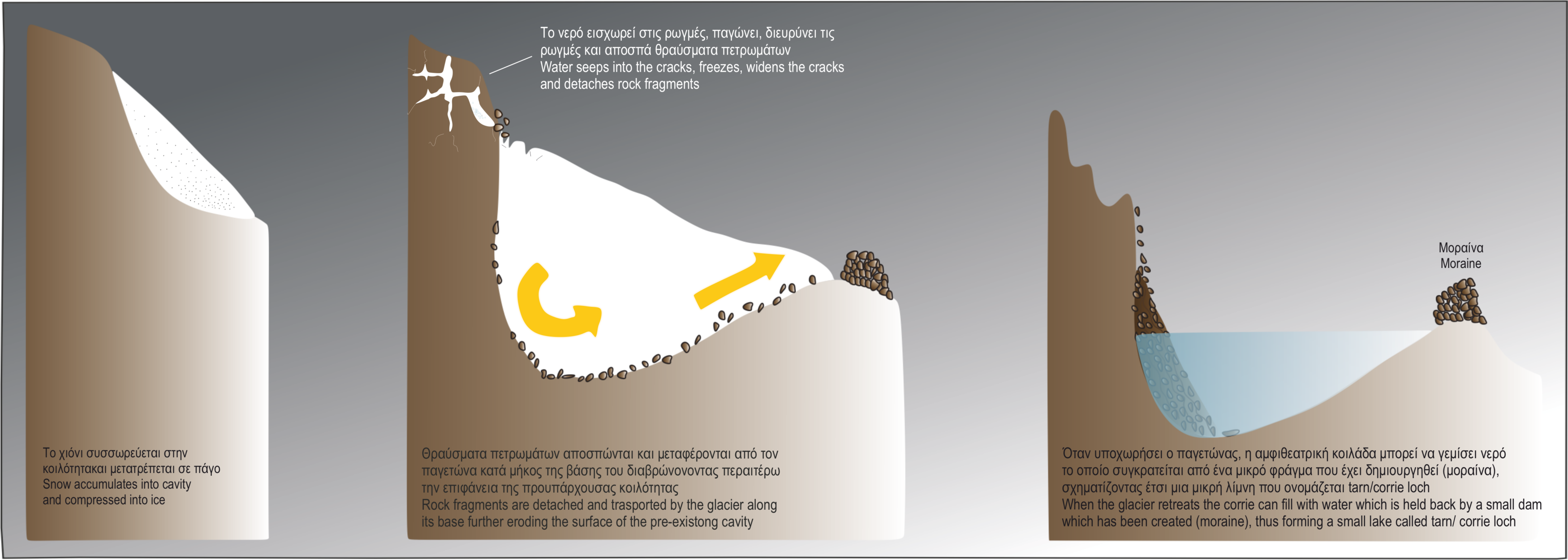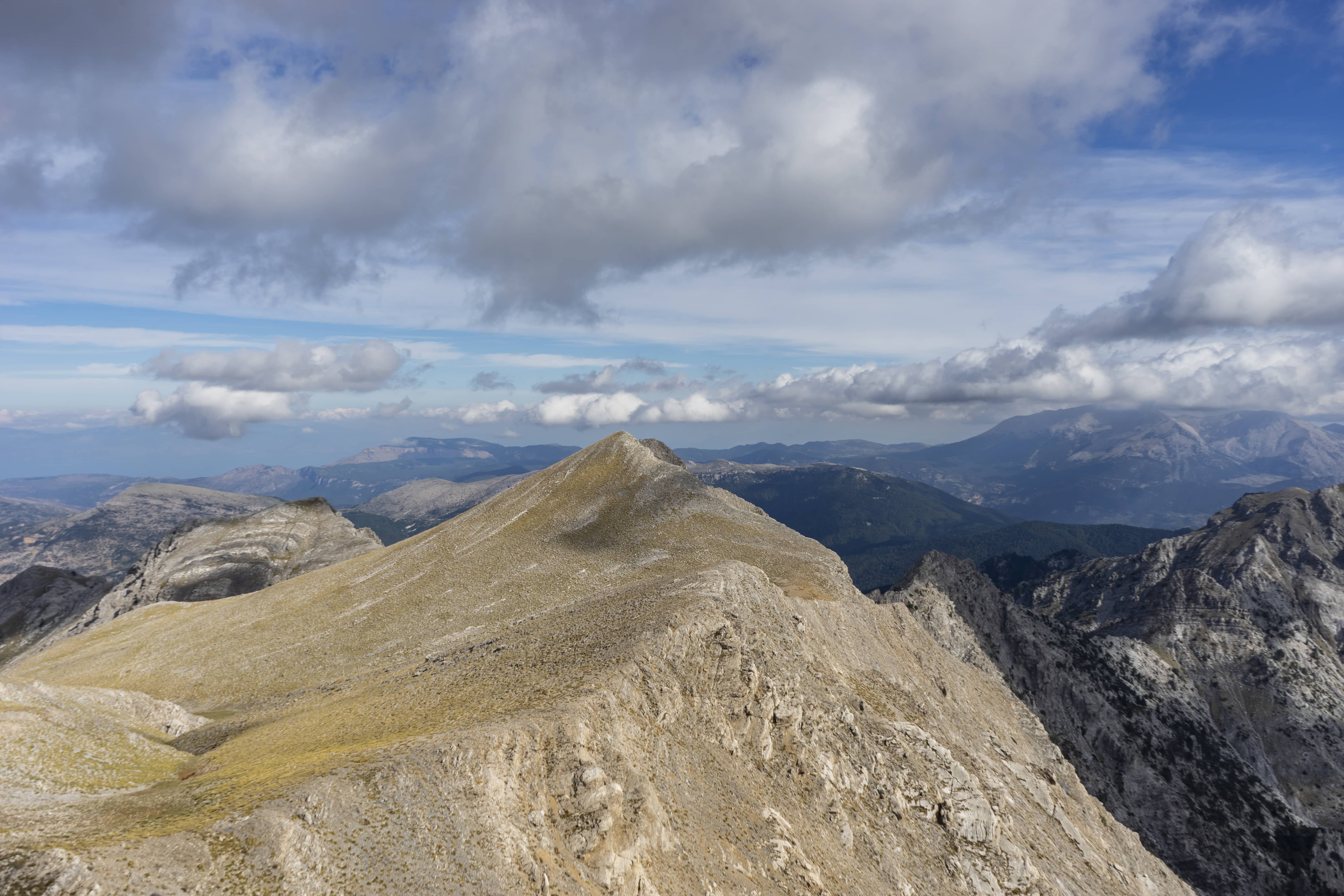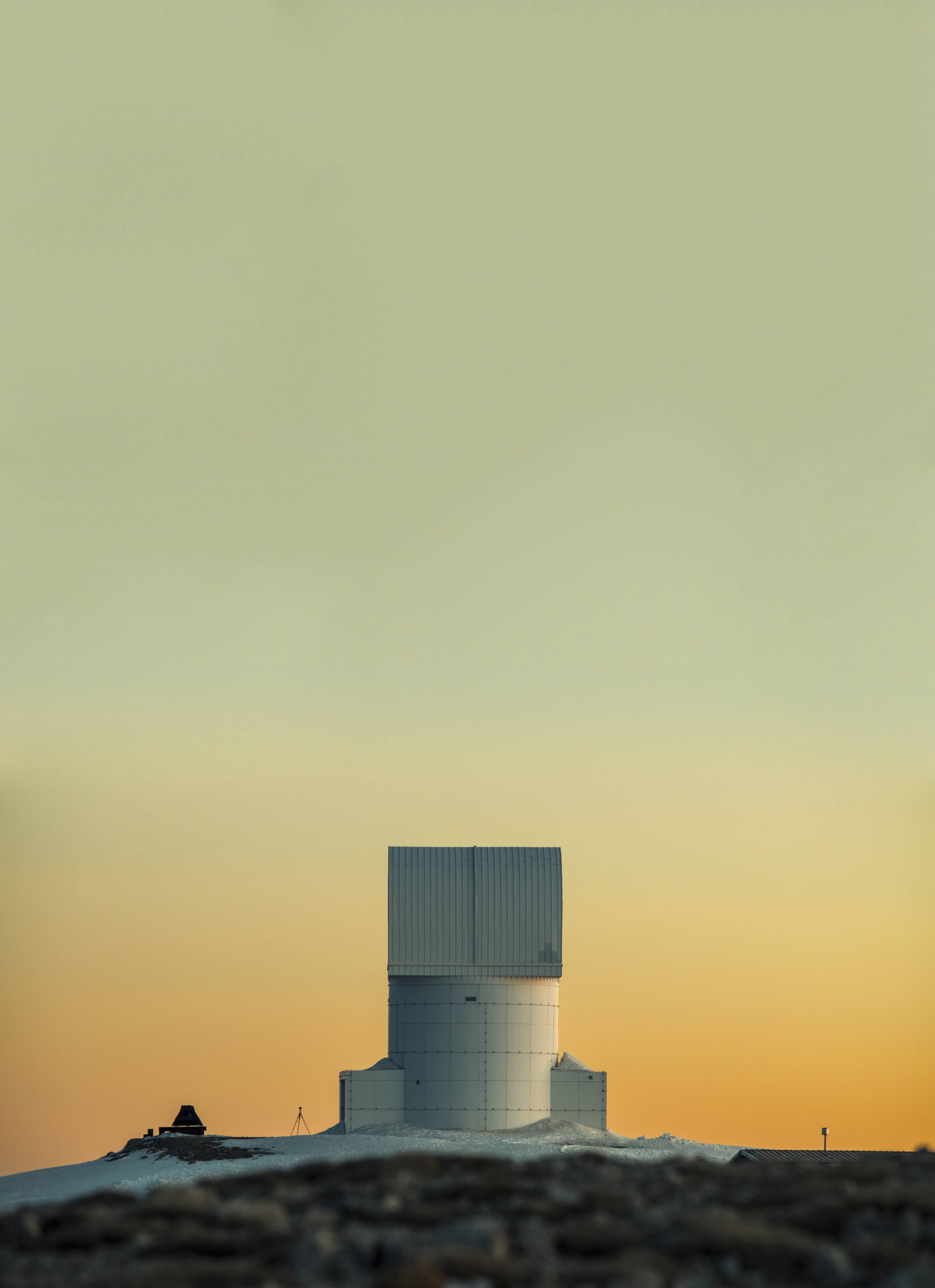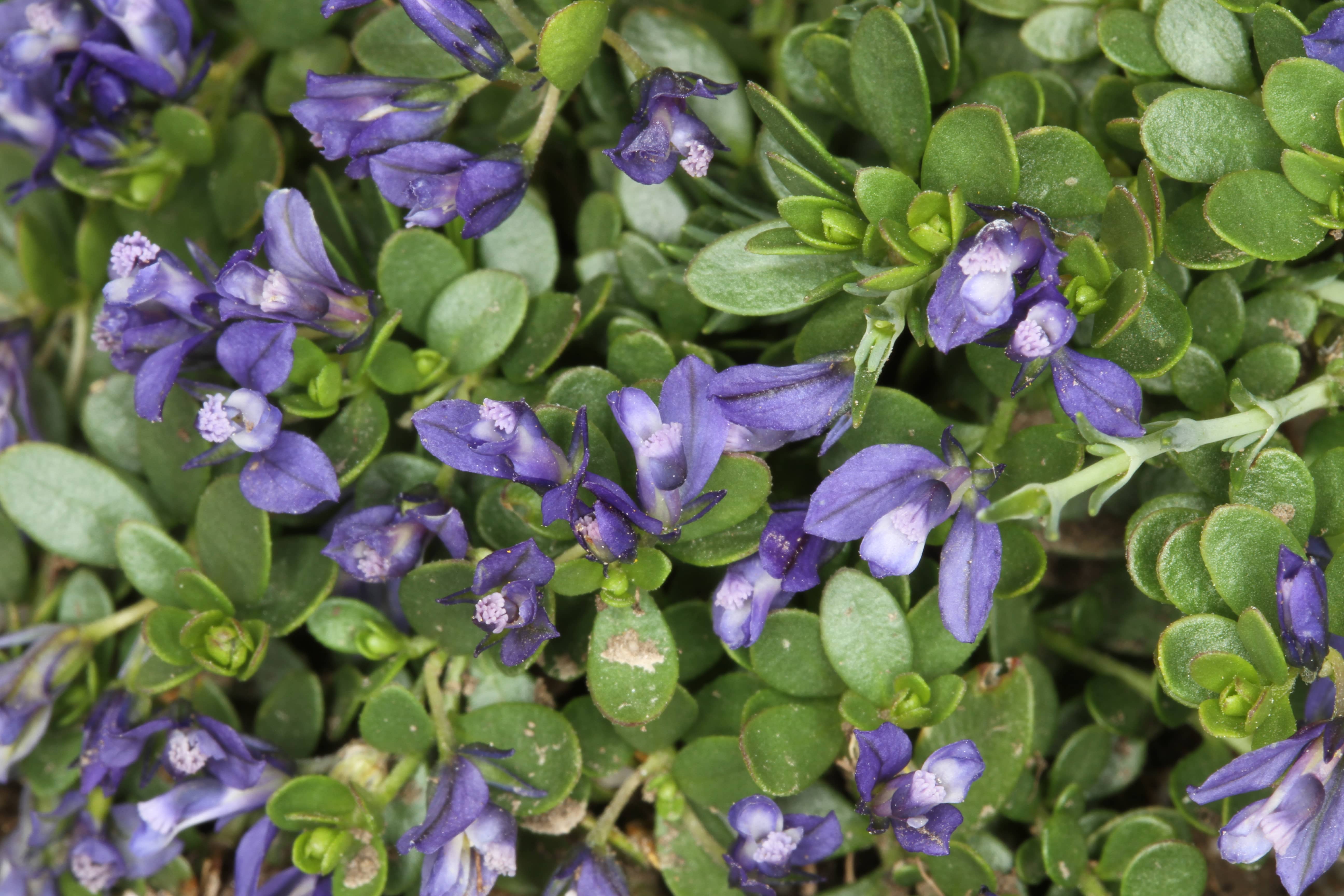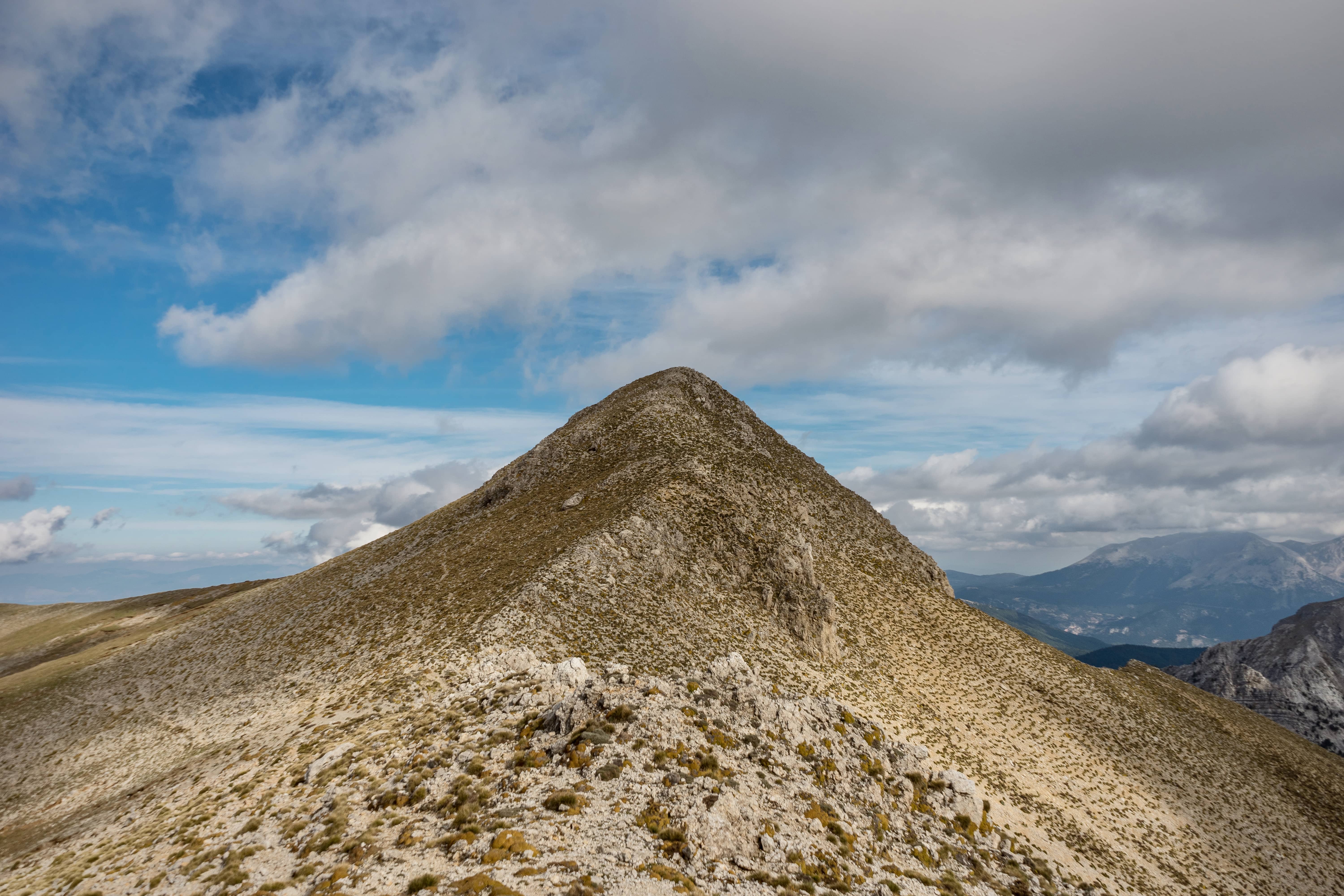ΟΝ ΤΗΕ ROOF OF CHELMOS
Psili Korfi is the highest peak of Mount Chelmos (Aroania Mountains) (2,355m). It is one of the 15 highest peaks of Greece. Northwest of Psili Korfi, at Neraidorachi, the second highest peak of Chelmos Mt., and at an altitude of 2340 m the Aristarchos Telescope is found.
GEODIVERSITY
Psili Korfi is characterized by steep slopes and a limestone bedrock. The high altitude of the Psili Korfi site is owed to the high rate of elevation of the Northern Peloponnese because of the collision of the African plate with the Eurasian plate.
Psili Korfi and generally Aroania Mountains (Chelmos) consist one of the southernmost locations in Europe that during the glacial periods glaciers developed leaving their signs on the rocks. More specifically, two amphitheatric valleys (circues) have been formed on the North and South slopes of the Psili Korfi respectively testifying the passage of glaciers. Cirques are semicircular amphitheater shaped depressions with steep walls which are formed on the slopes of the mountains, due to the erosion at the front of a glacier. The snow that accumulates in the pre-existing depression turns into ice, breaking the rocks and when the glacier begins to melt, it carries the fragments of these rocks to its base, eroding further the valley. Rock fragments deposited on the front and the sides of a glacier build a moraine.
BIODIVERSITY
The Geosite is located within the Protected Area “OROS CHELMOS KAI YDATA STYGOS” (GR2320002) of the Natura 2000 network. The area hosts 4 local endemic plant taxa of Chelmos as well as a large number of Greek endemic taxa. Remarkable is also the presence of the protected species Globularia stygia and Viola delphinantha, which are . Significant invertebrates with restricted distribution are also recorded. The area is located within the Special Protection Area (SPA) for avifauna “OROS CHELMOS (AROANIA)-FARANGI VOURAIKOU KAI PERIOCHI KALAVRYTON” (GR2320013) and includes birds, such as the Golden Eagle (Aquila chrysaetos), and the Eurasian eagle-owl (Bubo bubo).

